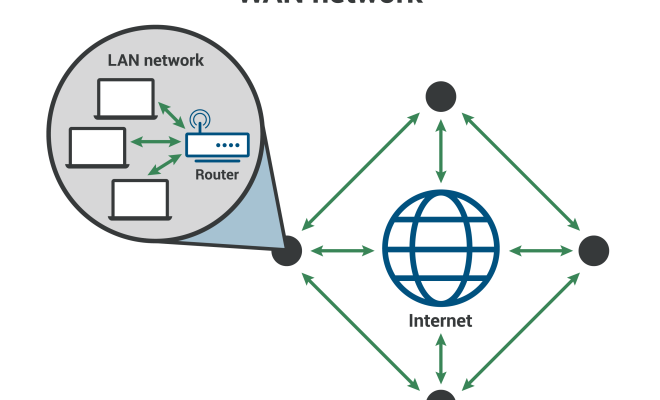What Is a Wide Area Network (WAN)?

As we have moved further into the digital age, the need for efficient and reliable networking has become more and more apparent. In recent years, especially with the rise of remote work and cloud computing, Wide Area Networks (WANs) have become increasingly relevant. But what is a WAN?
In simple terms, a WAN is a type of computer network that spans a large geographical area. Unlike Local Area Networks (LANs), which are confined to a smaller area like a home, office, or campus, WANs can extend beyond these boundaries to connect multiple locations, even in different cities, countries, or continents. Due to this expanded scope, WANs can be used to connect different branches of an organization, facilitate communication and data exchange between remote employees, or even enable customers to access services or information from various locations.
WANs can be established using different technologies, such as leased lines, satellite links, or high-speed internet connections. They often use various networking protocols and standards to ensure efficient and secure data transmission, such as TCP/IP, MPLS, VPNs, and others. WANs can also employ various topologies or layouts, such as star, mesh, or ring, depending on the specific needs and requirements of the network.
One of the most important aspects of WANs is their ability to connect different Local Area Networks (LANs). This enables the sharing of resources, such as printers, servers, and data storage systems, between different locations. Additionally, WANs can provide centralized management and control of network activities, such as monitoring traffic, applying security measures, and optimizing bandwidth usage.
Despite their many benefits, WANs also face some challenges and limitations. For example, WANs can be vulnerable to security threats, such as hacking, malware, or data breaches, especially when they involve sensitive or confidential information. WANs also require considerable investments in infrastructure, hardware, and software, as well as skilled and experienced IT professionals to operate, maintain, and troubleshoot them.
In conclusion, a WAN is a valuable and powerful tool for building and managing a large-scale, distributed network that spans different locations and serves various purposes. It provides organizations with the flexibility, scalability, and efficiency they need to stay competitive and productive in today’s fast-changing digital landscape. However, building and maintaining a WAN requires careful planning, investment, and expertise, as well as adequate security measures to ensure the safety and confidentiality of data and resources.






